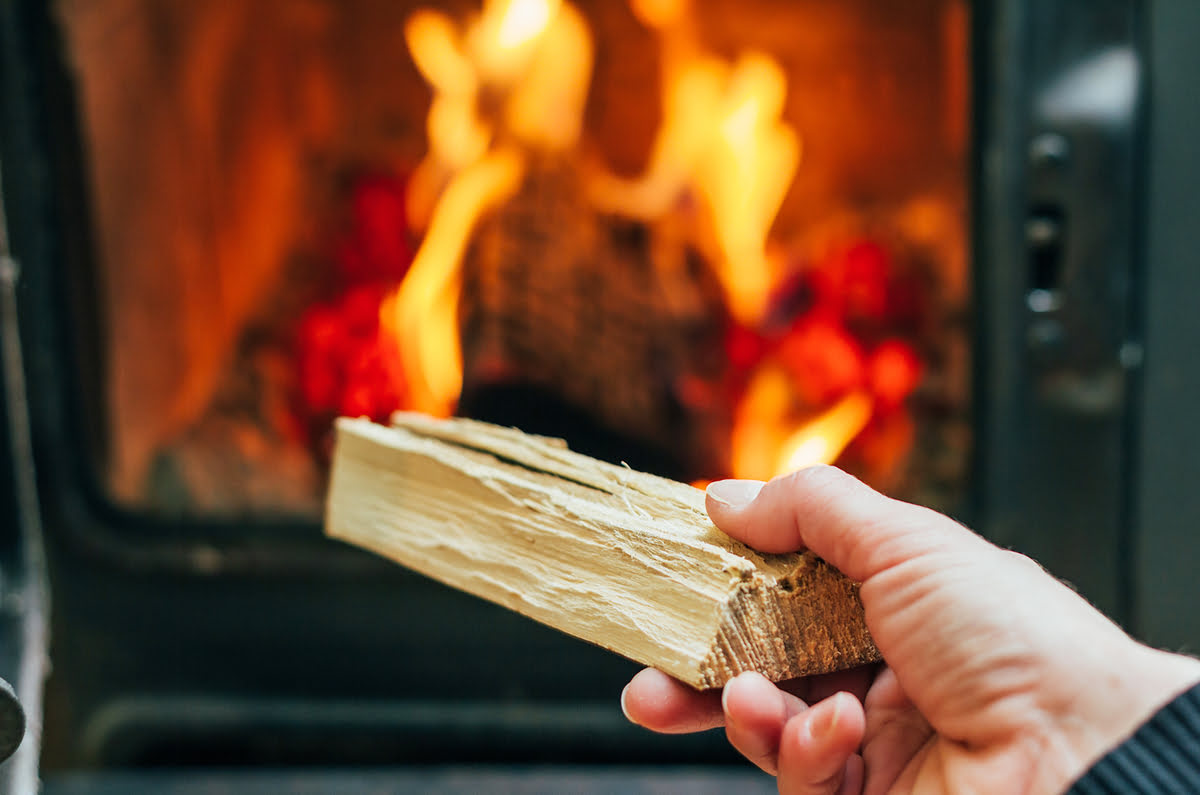

Articles
How Much Wood Should You Put In A Fireplace
Modified: December 7, 2023
Discover articles on how much to put in a fireplace, including cost estimates and helpful tips. Enhance your knowledge and make informed decisions.
(Many of the links in this article redirect to a specific reviewed product. Your purchase of these products through affiliate links helps to generate commission for Storables.com, at no extra cost. Learn more)
Introduction
A fireplace adds warmth and coziness to any home, making it a popular feature in many households. If you are lucky enough to have a fireplace, you may be wondering how much wood to put in it for optimal heating and enjoyment. While it may seem like a simple task, there are several factors to consider before loading up your fireplace with wood.
In this article, we will explore the various factors that affect the amount of wood you should put in a fireplace. We’ll also discuss the proper technique for loading wood, signs of overloading, and the benefits of properly loading wood. So, grab a cup of hot cocoa, settle into your favorite armchair, and let’s dive right in!
Key Takeaways:
- Properly loading wood in a fireplace is essential for efficient heating, reduced wood consumption, improved air quality, and extended chimney life. It ensures a safe, sustainable, and enjoyable fireplace experience.
- Factors such as fireplace size, wood type, weather conditions, and desired heat level impact the amount of wood to use. Proper technique and awareness of overloading signs are crucial for a balanced and controlled fire.
Factors to Consider Before Adding Wood to a Fireplace
Before you start loading wood into your fireplace, it’s important to consider several factors that can affect how much wood you should use. These factors include the size of your fireplace, the type of wood you’re using, the weather conditions, and the desired level of heat.
1. Size of the Fireplace: The size of your fireplace will determine how much wood it can accommodate. A small fireplace may only be able to hold a few logs at a time, while a larger fireplace can handle a larger load. Consider the dimensions of your fireplace and choose an appropriate amount of wood accordingly.
2. Type of Wood: The type of wood you use can significantly impact the heat output and burn time. Hardwoods such as oak and maple burn longer and produce more heat compared to softwoods like pine and cedar. Keep in mind that hardwoods may be pricier but offer better efficiency in terms of heat generation.
3. Weather Conditions: The weather outside can influence how much wood you need to burn. If it’s a cold winter day, you may need to add more wood to maintain a comfortable temperature indoors. On milder days, you might require less wood to achieve the desired warmth. Pay attention to the temperature and adjust accordingly.
4. Desired Level of Heat: Consider how warm you want your space to be. If you’re looking for a cozy ambiance, a smaller amount of wood may be sufficient. However, if you’re aiming for a more intense heat output, you’ll need to load the fireplace with more wood.
5. Ventilation: Proper airflow is crucial for efficient wood burning. Ensure that your fireplace and chimney are clean and in good condition, as a clogged or poorly ventilated system can decrease the effectiveness of the fire. Good ventilation allows for a more controlled and efficient burn, meaning you may need less wood to achieve the desired results.
Considering these factors will help you determine the appropriate amount of wood to put in your fireplace, ensuring both optimal heat output and safety.
How Much Wood to Put in a Fireplace
As you prepare to load your fireplace with wood, you may wonder how much wood is enough to create a cozy fire without overwhelming the space. While the exact amount will vary depending on the factors mentioned earlier, here are some general guidelines to help you determine how much wood to put in your fireplace.
1. Fill the Firebox: Fill the firebox of your fireplace with enough wood to cover the bottom, leaving some space for air to circulate. Avoid overloading the firebox as this can restrict airflow and lead to an uneven burn. It’s better to start with a smaller amount of wood and add more as needed.
2. Create a Balanced Stack: When arranging the wood in the firebox, make sure to create a balanced stack. Start with larger logs at the bottom, followed by medium-sized logs in the middle, and top it off with smaller pieces or kindling. This arrangement helps promote better airflow and a more sustained burn.
3. Leave Space Between Logs: While it may be tempting to tightly pack the logs, it’s essential to leave some space between them. The gaps allow the fire to breathe, ensuring good airflow and a more efficient burn. Remember, a well-ventilated fire produces more heat and less smoke.
4. Consider Burn Time: If you’re planning for a longer burn time, you’ll need to load more wood into the fireplace. This is particularly important if you’re planning to leave the fire unattended for an extended period or if you’re relying on the fireplace as your main source of heat. Assess your burn time needs and adjust the amount of wood accordingly.
5. Observe the Flames: Once you’ve lit the fire, observe the flames to gauge the heat output and adjust as needed. If the flames are minimal and struggling to ignite the wood, you may need to add more fuel. Conversely, if the flames are roaring and the firebox is becoming too hot, it’s a sign that you’ve added too much wood.
Remember, the right amount of wood will ensure a safe and comfortable fire. It’s better to start with a conservative amount and add more if necessary, rather than overloading the fireplace and risking a smoky or unsafe fire. Practice makes perfect, and with time, you’ll develop a sense of how much wood is ideal for your fireplace.
Proper Technique for Loading Wood into a Fireplace
When it comes to loading wood into a fireplace, using the proper technique is crucial for a successful and enjoyable fire. Following these steps will help you load your fireplace efficiently and safely:
1. Prepare the Firebox: Before adding any wood, make sure your firebox is clean and free from any debris or ash. Clear out the remnants of the previous fire to allow for proper airflow and a clean burn.
2. Use Seasoned Wood: It’s essential to use dry and seasoned wood for optimal burning. Seasoned wood has been properly dried, reducing the moisture content and ensuring a cleaner burn. Avoid using green or freshly cut wood, as it can produce excess smoke and reduce the efficiency of your fire.
3. Start with Kindling: Building your fire with kindling is a great way to get it started. Place a few small pieces of dry kindling, such as twigs or newspaper, in the firebox. Arrange them in a crisscross pattern to create a solid base for the fire. Kindling helps ignite the larger pieces of wood more efficiently.
4. Gradually Add Larger Logs: Once you have a small fire going, gradually add larger logs to the firebox. Start with smaller logs or split wood and layer them on top of the kindling. As the fire grows, you can add larger and thicker logs to sustain the burn. Remember to leave some space between the logs for proper airflow.
5. Arrange Logs for Airflow: Properly arranging the logs is essential for ensuring good airflow. Stack them in a crisscross or log cabin pattern, allowing gaps between the logs. This configuration promotes better ventilation and helps the fire burn more efficiently.
6. Maintain a Clear Chimney: Along with loading wood into the firebox, it’s essential to ensure your chimney is clear and free from any obstructions. Regularly clean and inspect your chimney to prevent blockages and ensure proper ventilation. A clear chimney allows for the efficient release of smoke and ensures a safer fire.
7. Monitor the Fire: Once the wood is loaded and the fire is burning, it’s important to keep an eye on it. Monitor the flames and adjust the airflow as needed. If the fire is burning too quickly or smoldering, you may need to adjust the size and arrangement of the logs.
By following these proper loading techniques, you can create a beautiful and efficient fire that will provide warmth and enjoyment for hours on end. Remember to prioritize safety and proper chimney maintenance to ensure a pleasant and trouble-free fireplace experience.
When determining how much wood to put in a fireplace, it’s important to consider the size of the fireplace and the amount of heat needed. Generally, a good rule of thumb is to fill the fireplace with enough wood to create a hot, sustained fire without overcrowding the space. This will ensure efficient burning and optimal heat output.
Signs of Overloading a Fireplace with Wood
While a cozy fire can be inviting, overloading your fireplace with wood can lead to several issues. It’s essential to be aware of the signs that indicate you’ve added too much wood to the firebox. By recognizing these signs, you can prevent potential hazards and ensure a safe and effective fire. Here are some common signs of overloading a fireplace with wood:
- Excessive Smoke: If you notice a thick and heavy smoke coming from your fireplace, it’s a clear sign that you’ve overloaded it with wood. Excessive smoke occurs when there’s insufficient airflow due to too much wood, leading to incomplete combustion. This can result in poor air quality and a smoky environment.
- Difficulty Igniting the Fire: Overloading the fireplace with wood can make it challenging to get the fire started. The excess wood can lead to poor airflow, hindering the ignition process. If you’re struggling to light the fire or it takes an unusually long time to get it going, it may be an indication that you’ve added too much wood.
- Uneven Burning: When you overload the fireplace, the fire may burn unevenly. You may notice that some logs are not catching fire or burning slowly compared to others. This uneven burn can create hotspots and cause excessive heat in certain areas of the firebox, potentially damaging the fireplace or surrounding materials.
- Difficulty Controlling the Fire: Overloading the fireplace can make it challenging to control the fire’s intensity. Too much wood can result in an overly hot fire that’s difficult to regulate. If the fire is roaring excessively and producing excessive heat, it’s a sign that you may have added too much wood.
- Presence of Creosote: Creosote is a byproduct of wood combustion that can build up in your chimney over time. Overloading the fireplace can lead to an accelerated buildup of creosote. This substance is highly flammable and increases the risk of chimney fires. If you notice a thick, tar-like substance on the interior of your chimney, it’s a sign that you may be overloading your fireplace with wood.
It’s important to maintain a balanced and controlled fire to ensure the safety and efficiency of your fireplace. If you notice any of these signs of overloading, it’s best to remove some of the excess wood and allow for better airflow. By practicing proper loading techniques and being mindful of these signs, you can enjoy a safe and enjoyable fireplace experience.
Read more: How Often Should You Clean Your Fireplace
Benefits of Properly Loading Wood in a Fireplace
Properly loading wood in a fireplace not only enhances the performance and efficiency of the fire but also offers several benefits for both the environment and your home. Here are some key benefits of properly loading wood in a fireplace:
- Efficient and Consistent Heating: Properly loading wood ensures a steady and consistent burn, which translates to a more efficient heat output. By arranging the wood in a balanced stack and maintaining good airflow, you create a controlled and sustained fire. This allows for maximum heat generation and better distribution throughout the room, keeping your space warm and cozy.
- Reduced Wood Consumption: When you load the fireplace with the right amount of wood, you optimize the burn time and reduce overall wood consumption. Overloading the firebox can lead to excessive fuel consumption and wastage. By using the suitable amount of wood, you minimize waste and save on resources.
- Improved Air Quality: Proper wood loading techniques promote better combustion and minimize smoke production. This results in cleaner and healthier indoor air quality. Overloading the fireplace can lead to incomplete combustion and increased smoke emission, which can negatively impact air quality and potentially trigger respiratory issues.
- Reduced Creosote Buildup: Loading the fireplace with the right amount of wood helps maintain proper airflow and reduce the buildup of creosote in the chimney. Creosote is a flammable substance that can accumulate over time and increase the risk of chimney fires. By properly loading the wood, you minimize creosote buildup and mitigate the chances of a dangerous chimney fire.
- Extended Chimney Life: A properly loaded fire with good airflow helps maintain a cleaner and healthier chimney. Overloading the fireplace can lead to increased heat levels and more frequent creosote buildup, which can wear down the chimney. By avoiding excessive wood and ensuring proper ventilation, you can extend the lifespan of your chimney and reduce the need for costly repairs.
- Enhanced Safety: Proper wood loading techniques contribute to a safer fireplace experience. By loading the fireplace with the appropriate amount of wood, you reduce the risk of overheating, excessive smoke, and potential damage to your home. Following proper loading techniques ensures a controlled and safe fire that can be enjoyed with peace of mind.
By taking the time to load wood properly in your fireplace, you can enjoy a more efficient, eco-friendly, and safe source of heat. Proper wood loading techniques not only improve the performance of your fireplace but also contribute to a comfortable and enjoyable ambiance in your home.
Conclusion
Loading wood into a fireplace is both an art and a science. By considering the factors that impact how much wood to use, practicing the proper technique, and being aware of the signs of overloading, you can create a safe and efficient fire that provides warmth and comfort to your space.
Taking the time to properly load wood in your fireplace offers numerous benefits. From efficient and consistent heating to reduced wood consumption and improved air quality, loading wood correctly enhances the overall fireplace experience. Additionally, by reducing creosote buildup and extending the life of your chimney, you ensure a safer and more sustainable fireplace environment.
Remember to balance the size of your fireplace with the amount of wood needed, choose seasoned wood for better burning, and maintain good ventilation. By following these guidelines, you can optimize the heat output and achieve the desired warmth without overwhelming the space or compromising safety.
So, the next time you cozy up in front of your fireplace, take a moment to load the wood properly, ensuring a well-crafted fire. Enjoy the crackling flames, the comforting warmth, and the knowledge that you’ve mastered the art of loading wood in a fireplace.
Stay safe, stay warm, and embrace the timeless charm of your beautiful fireplace.
Frequently Asked Questions about How Much Wood Should You Put In A Fireplace
Was this page helpful?
At Storables.com, we guarantee accurate and reliable information. Our content, validated by Expert Board Contributors, is crafted following stringent Editorial Policies. We're committed to providing you with well-researched, expert-backed insights for all your informational needs.
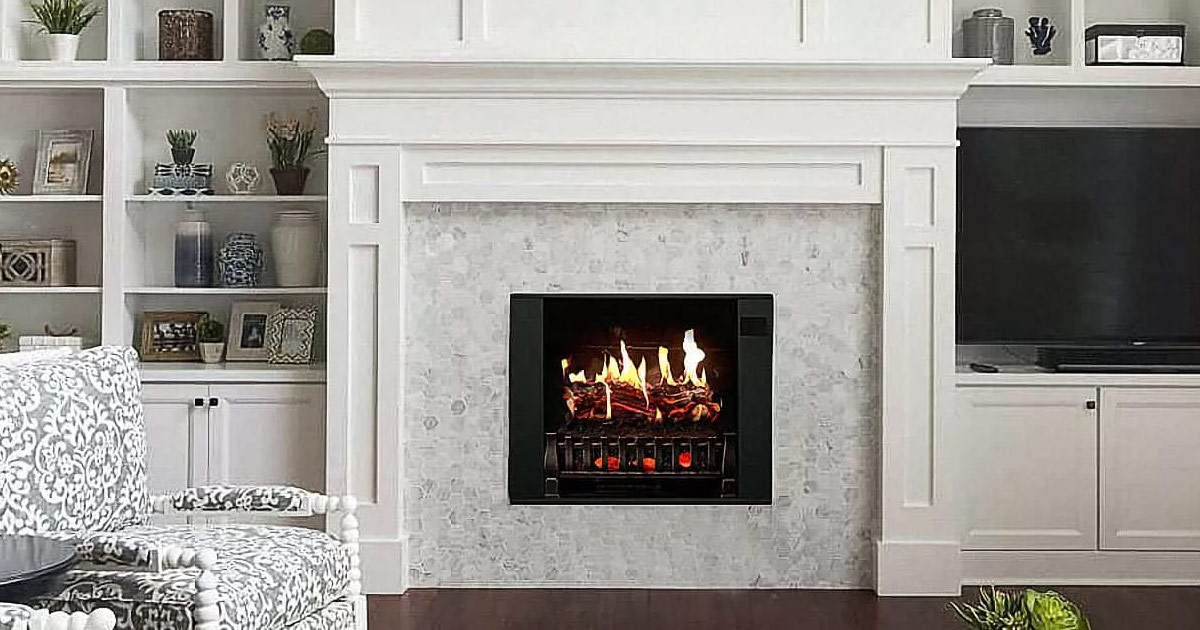
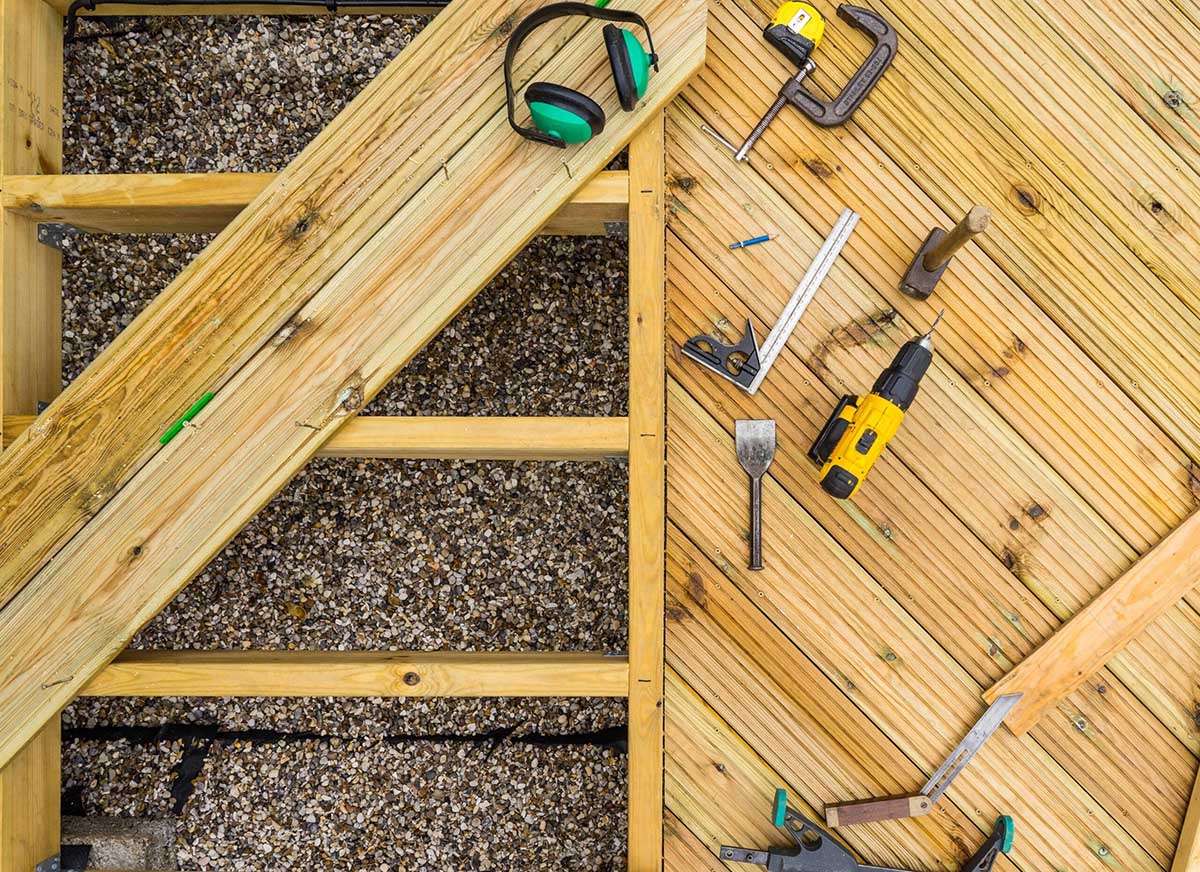
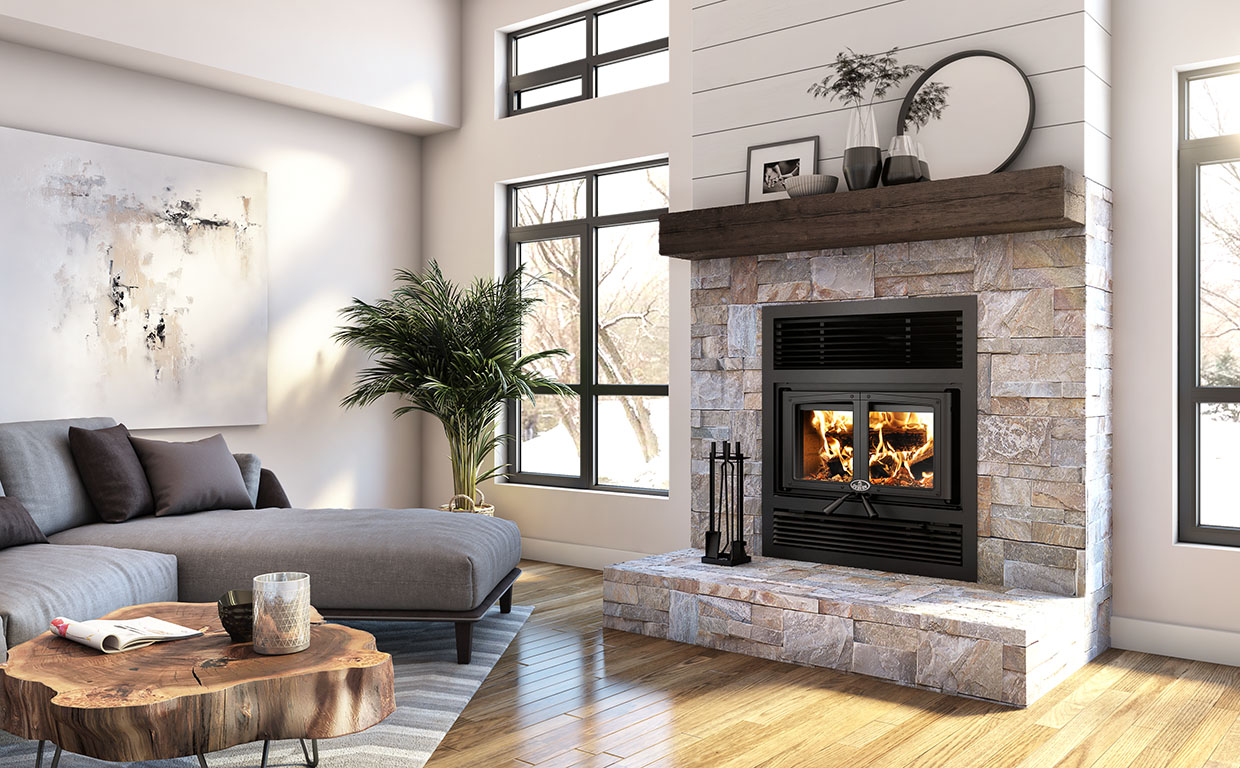
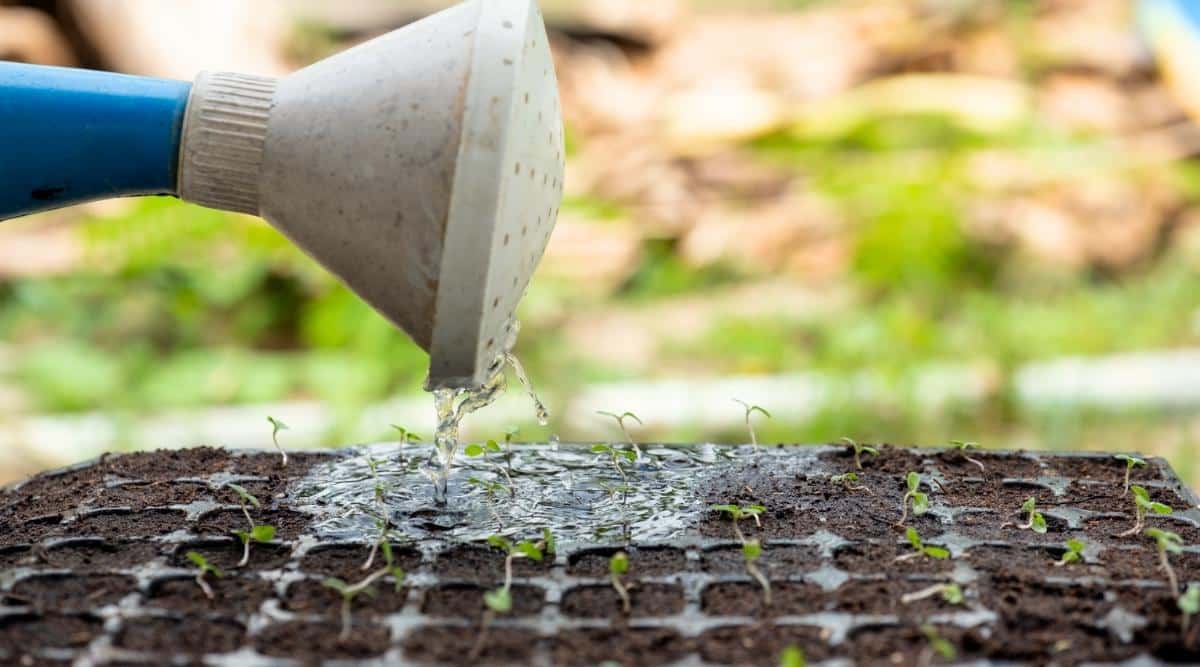
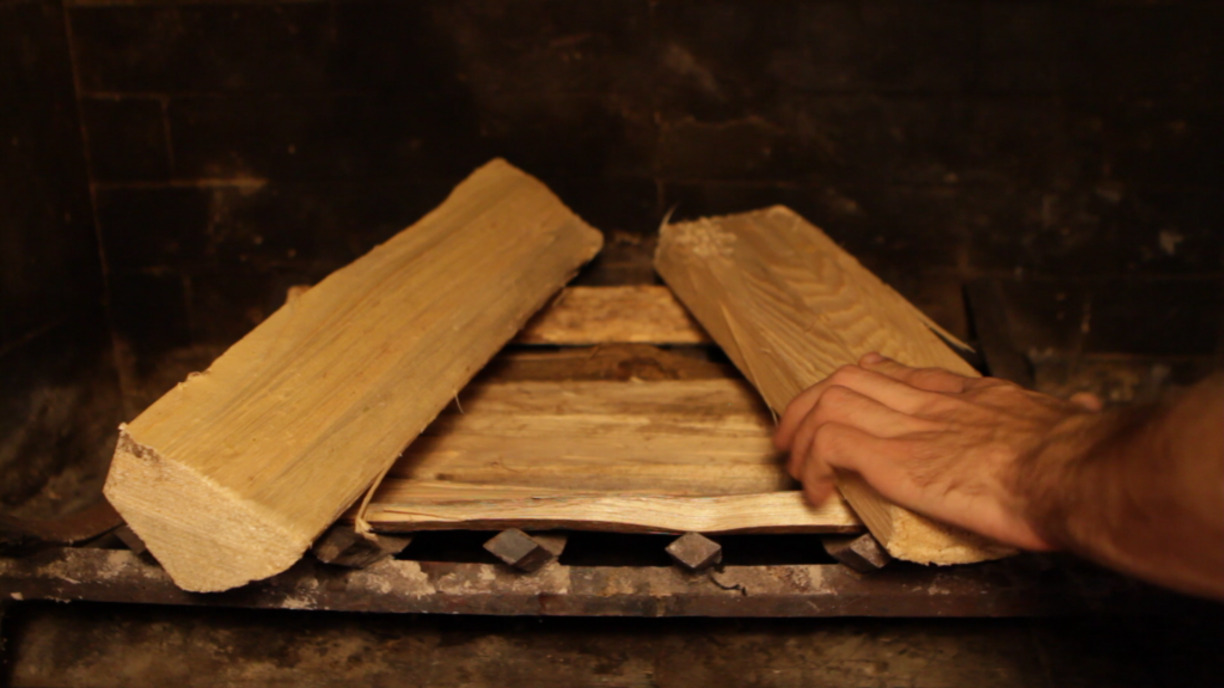
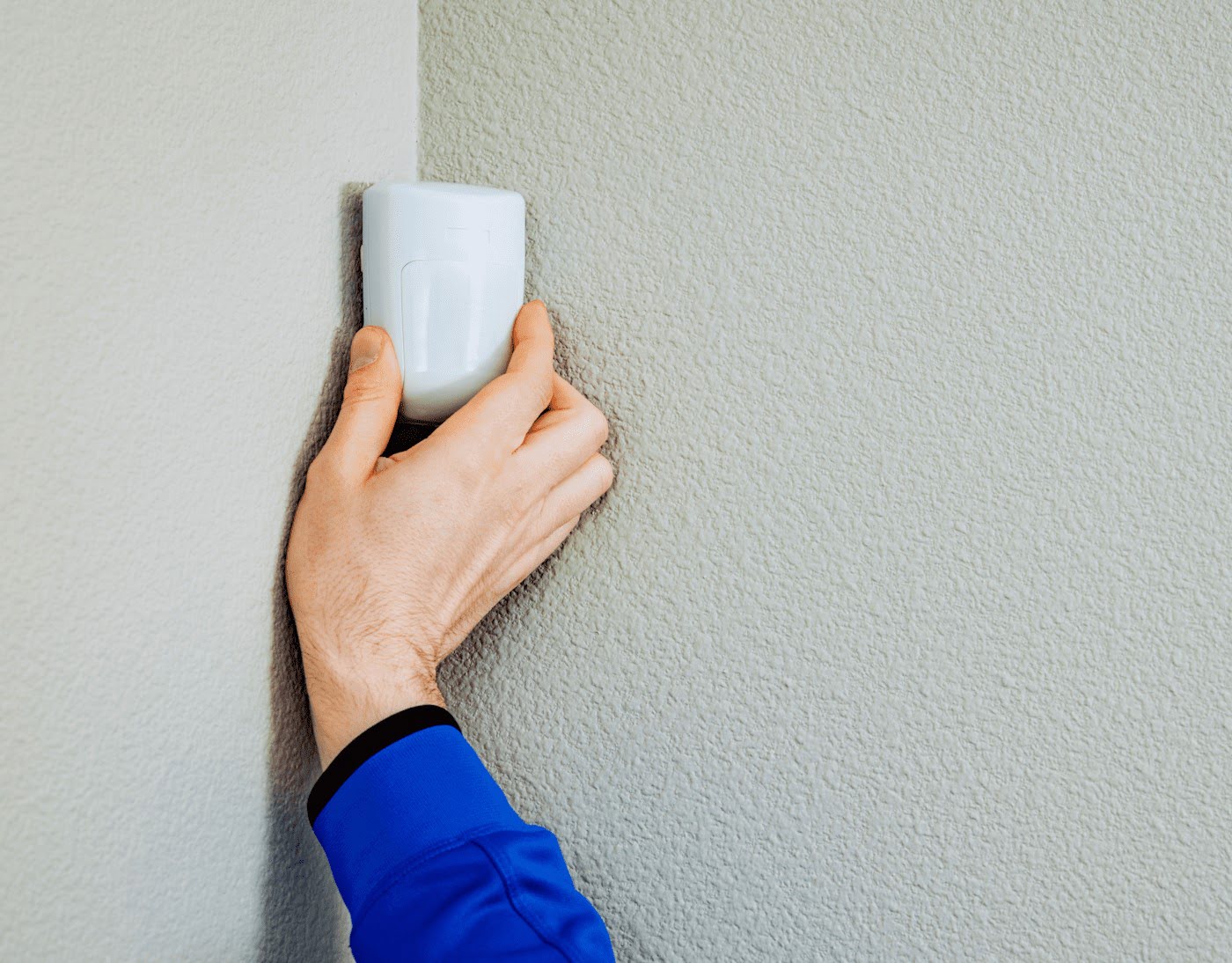


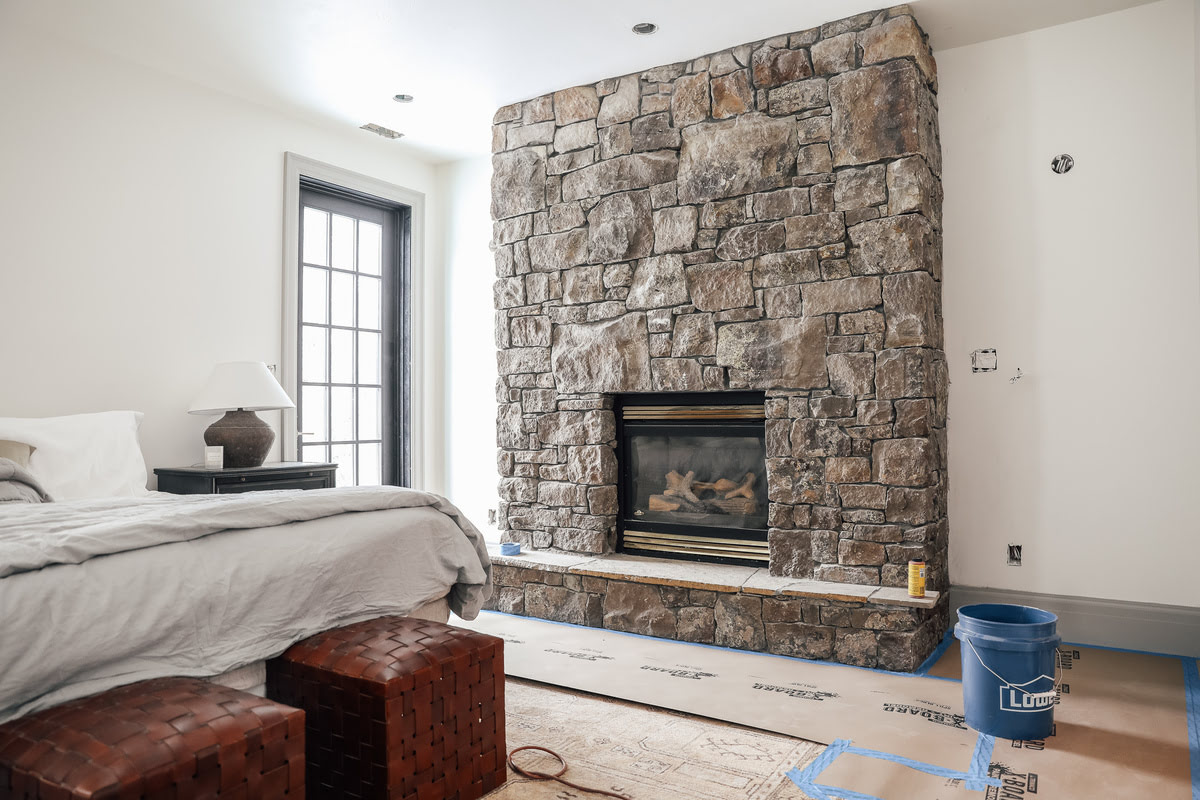
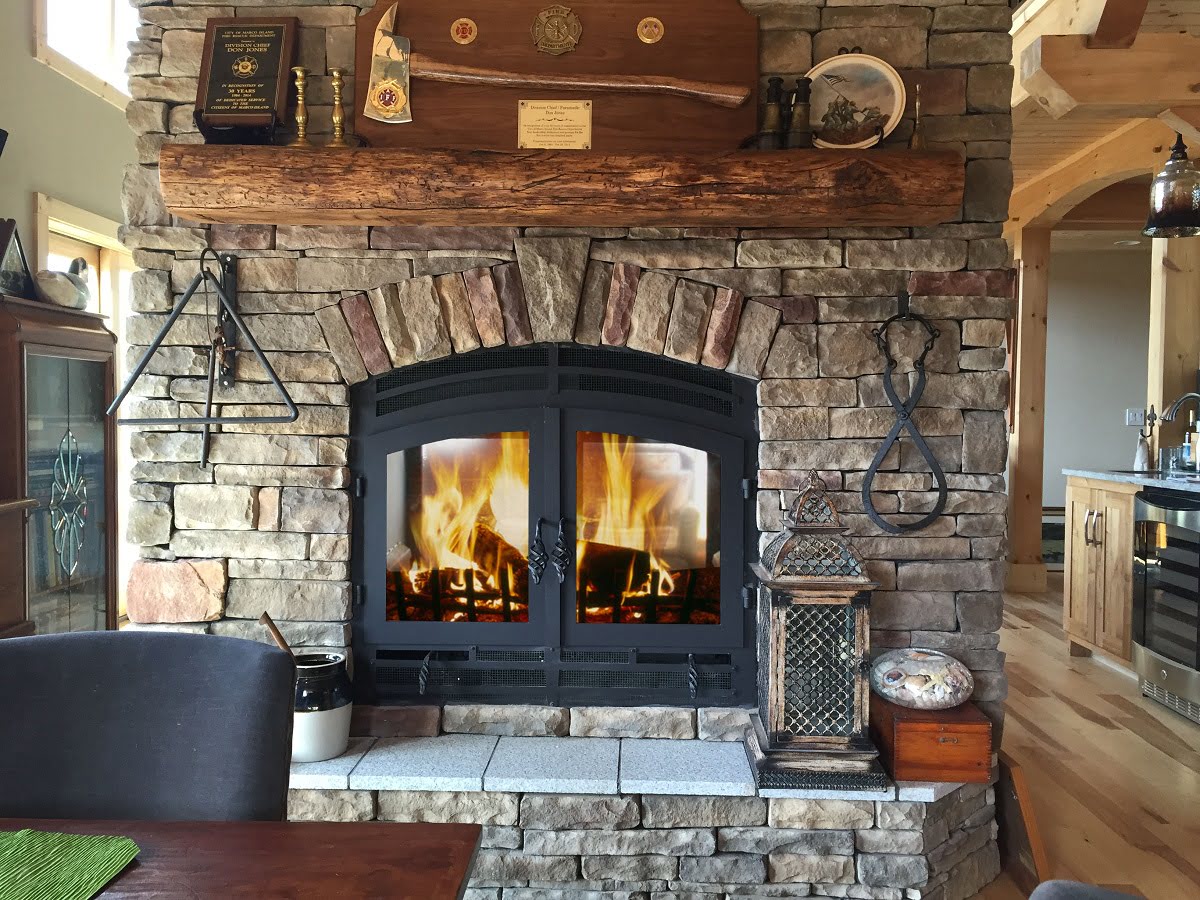
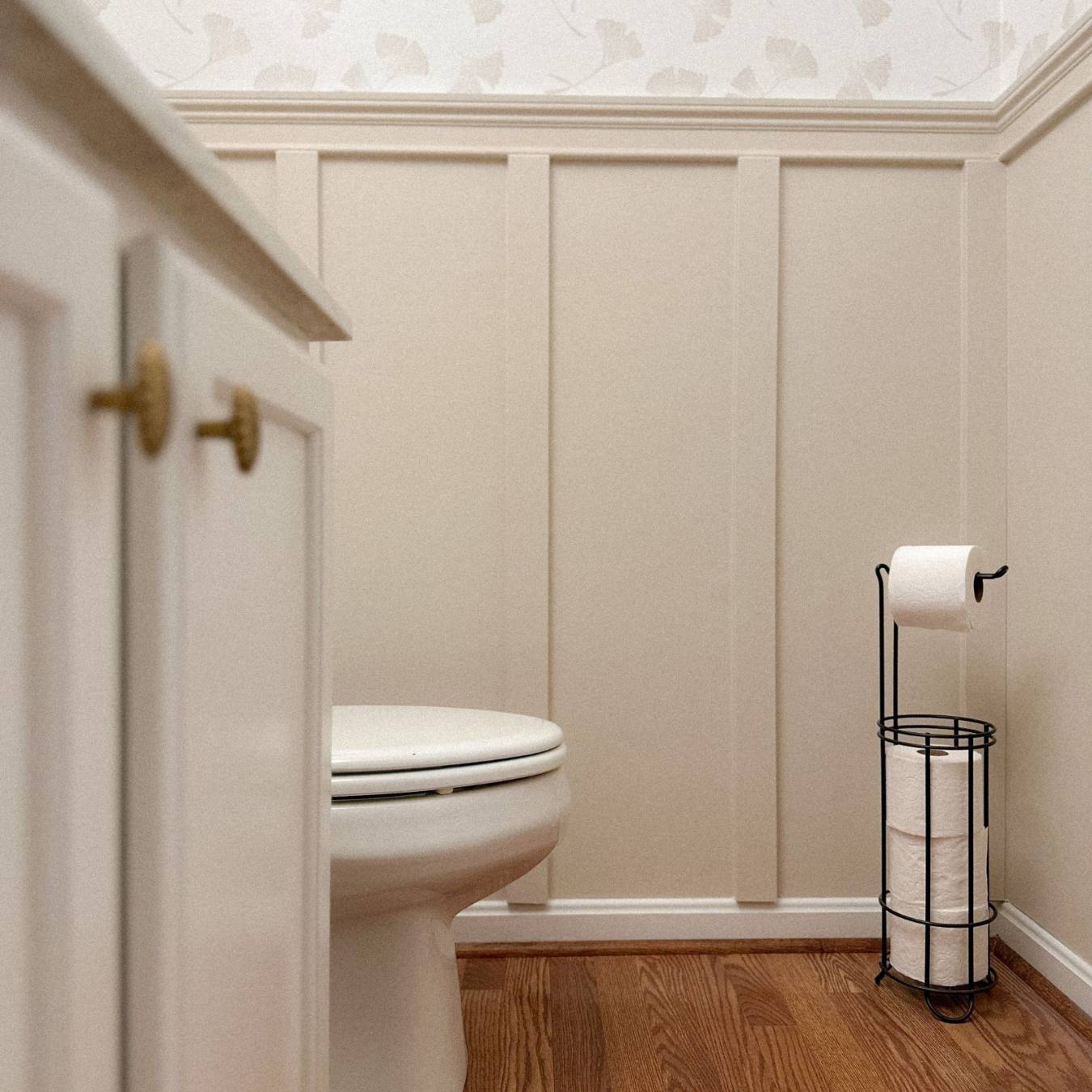


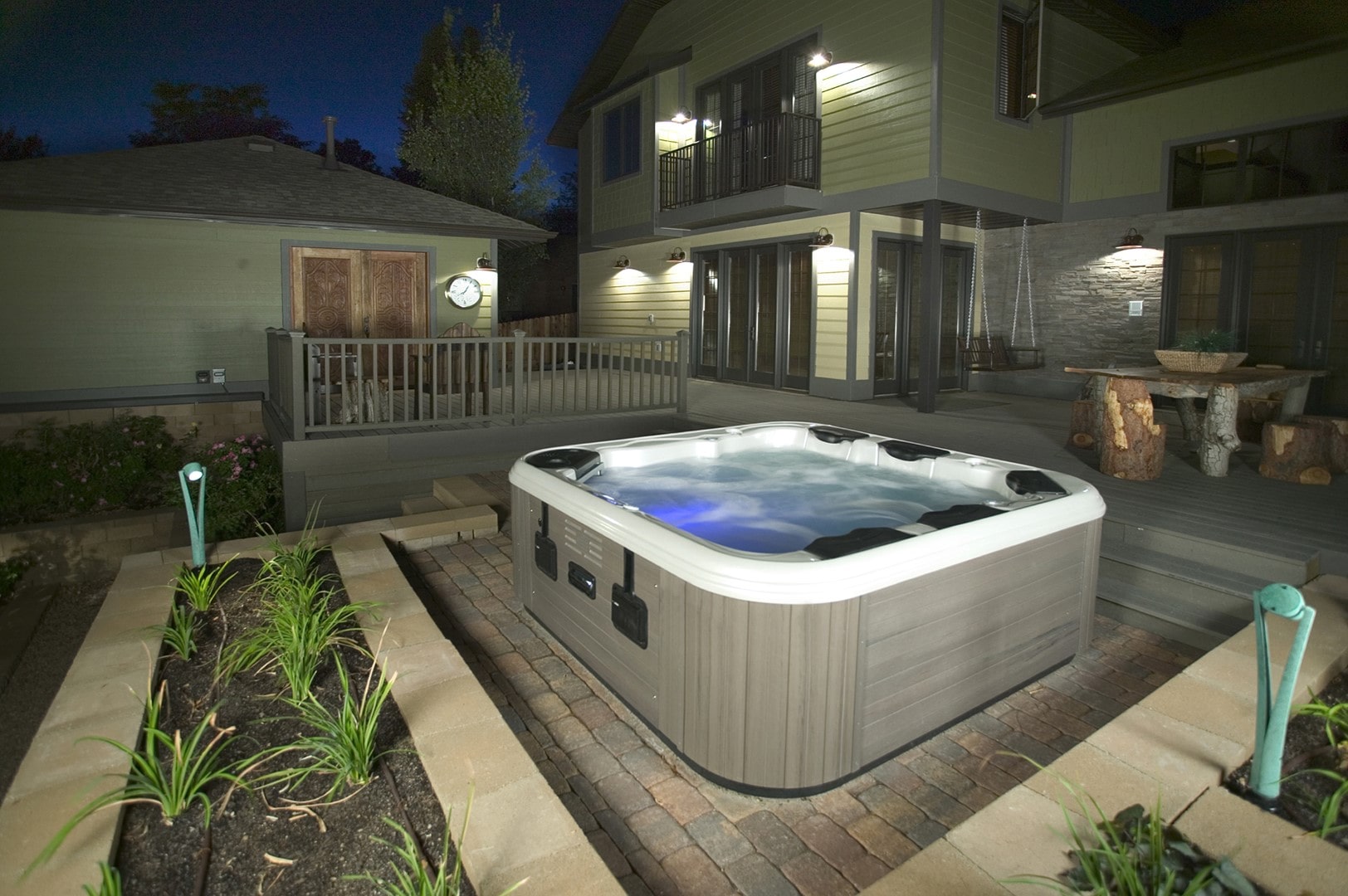

0 thoughts on “How Much Wood Should You Put In A Fireplace”